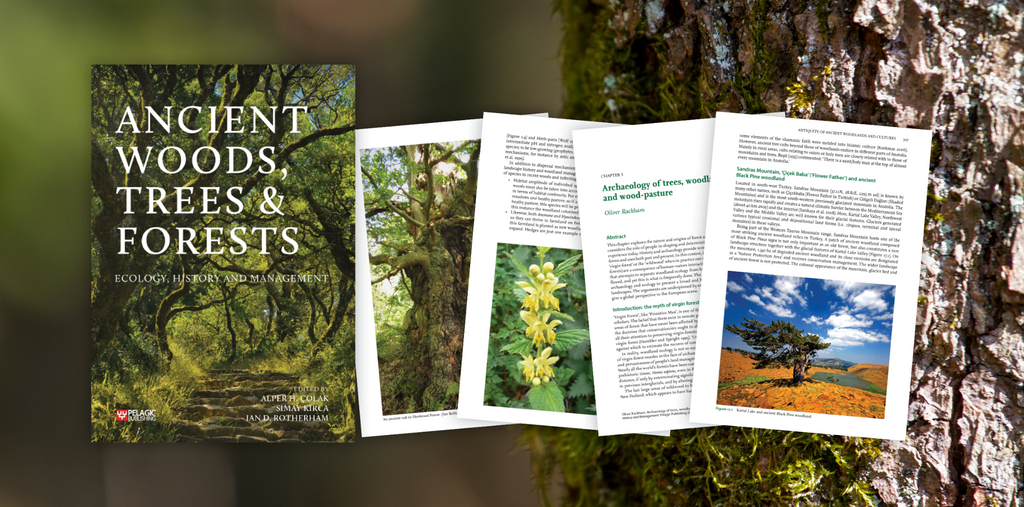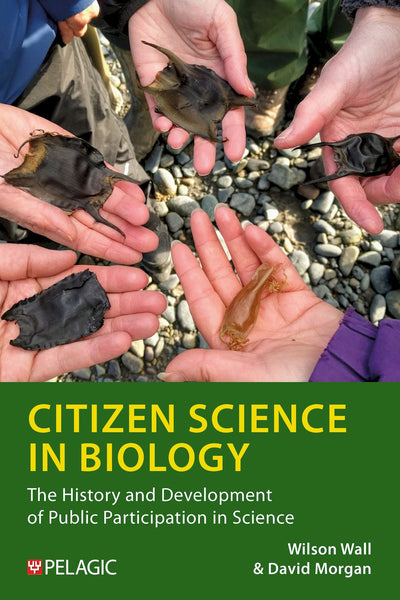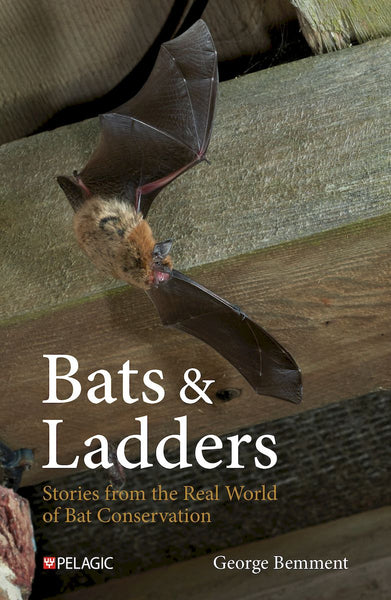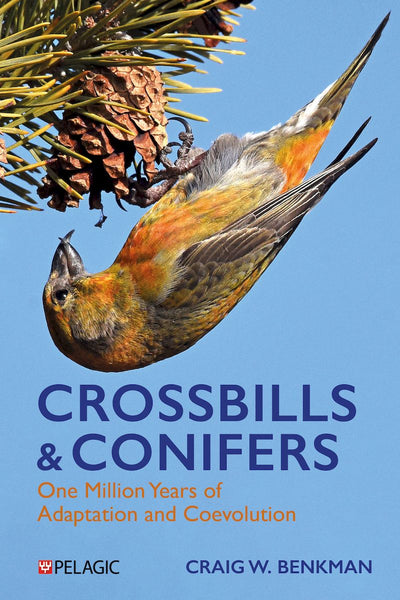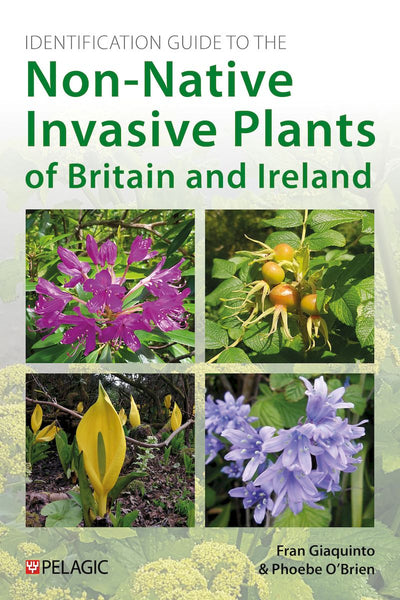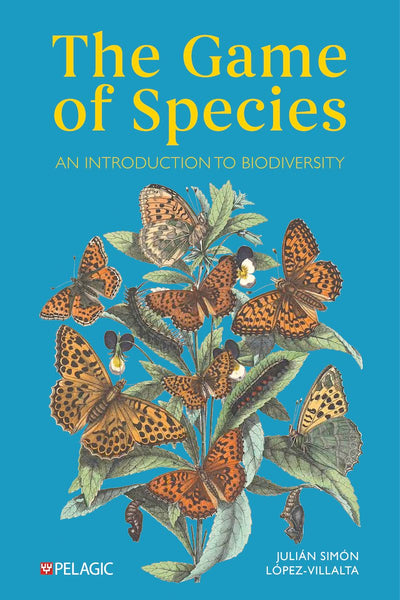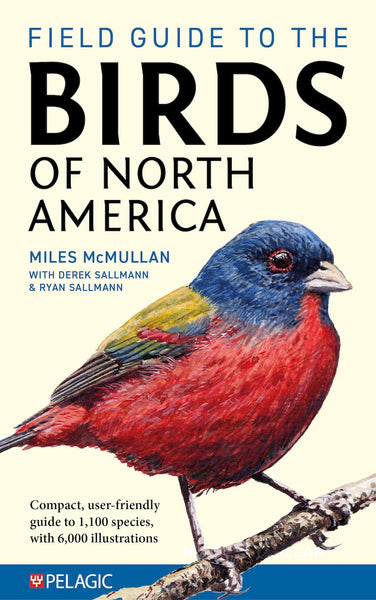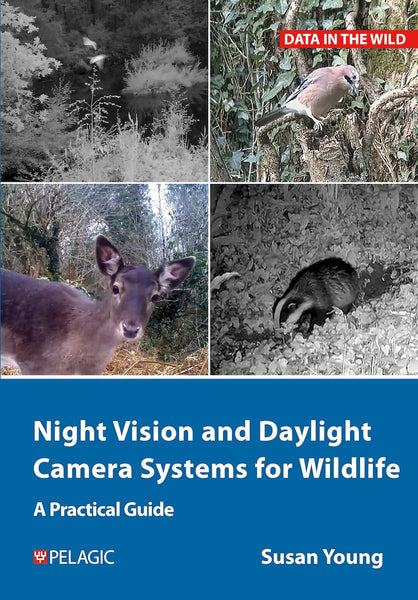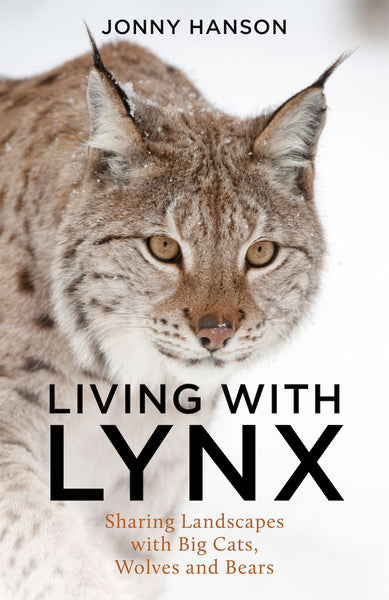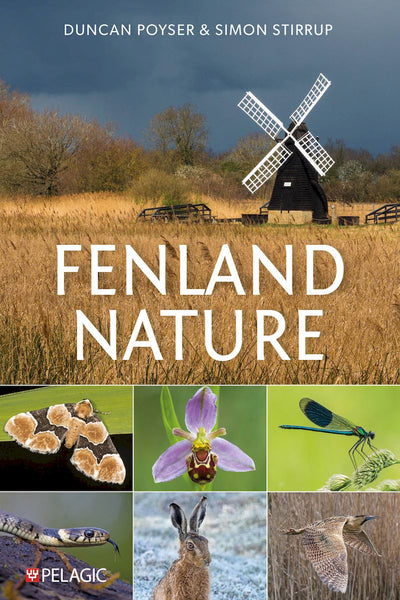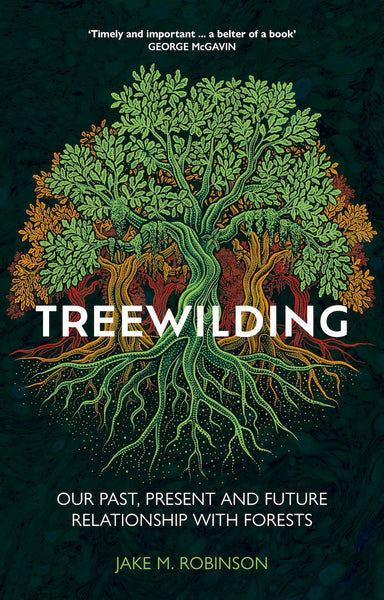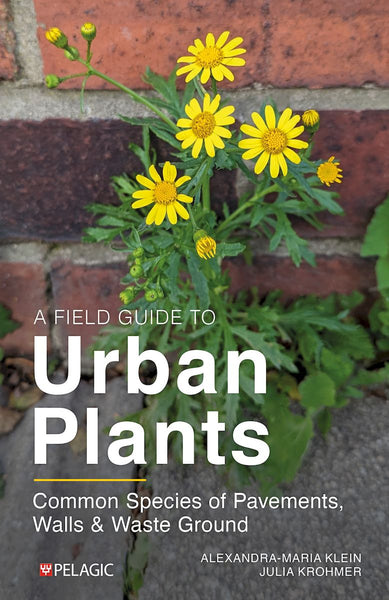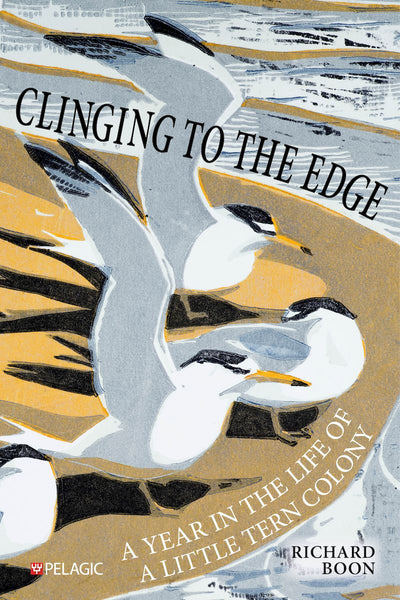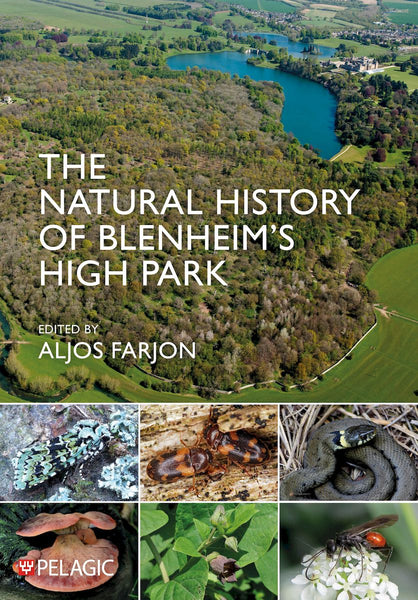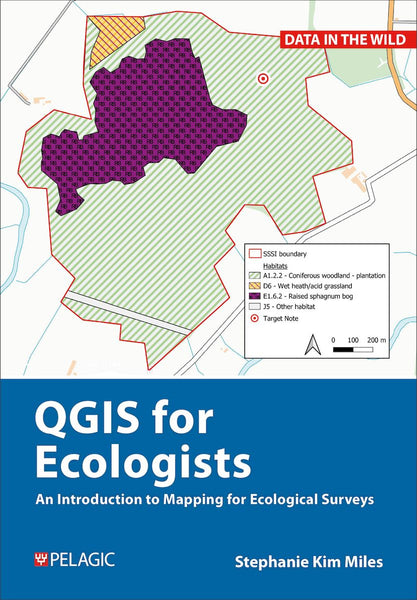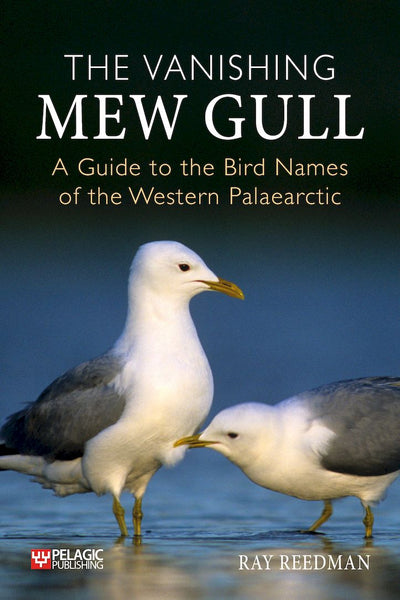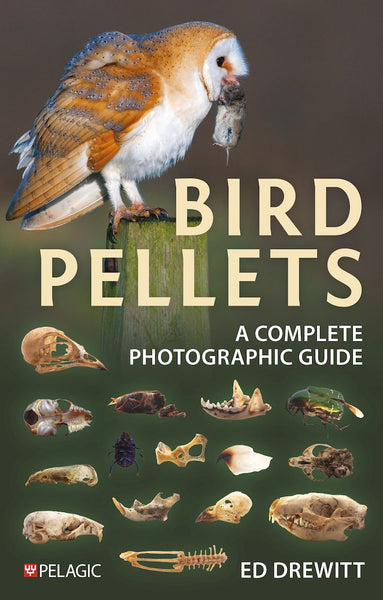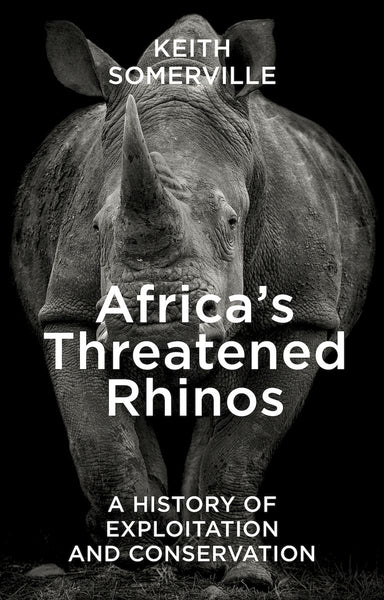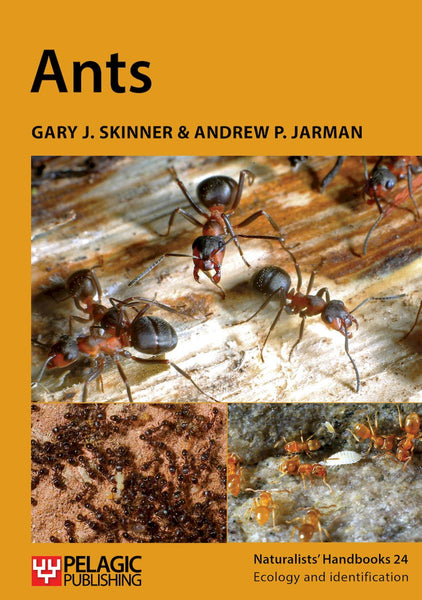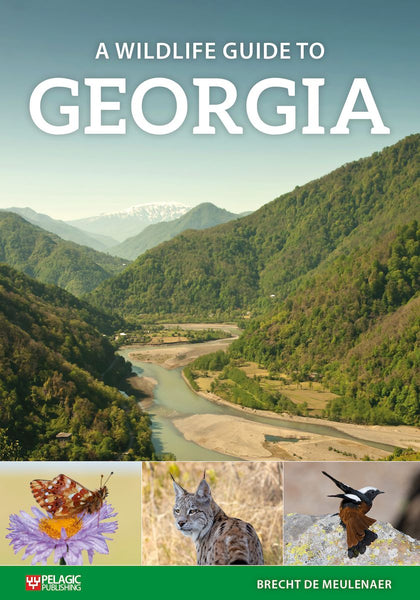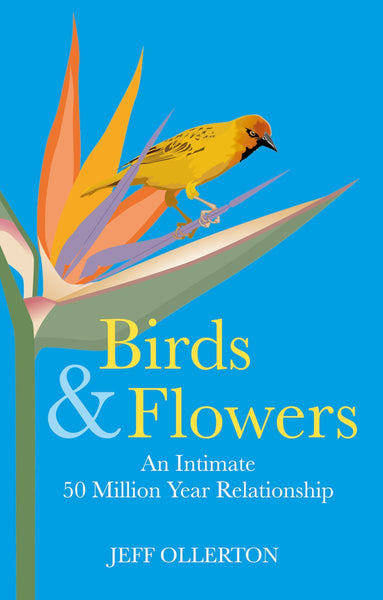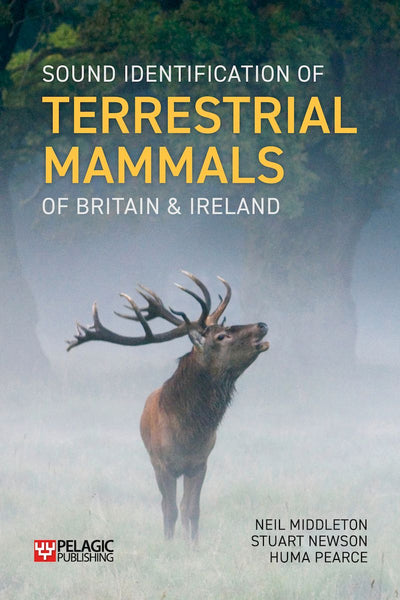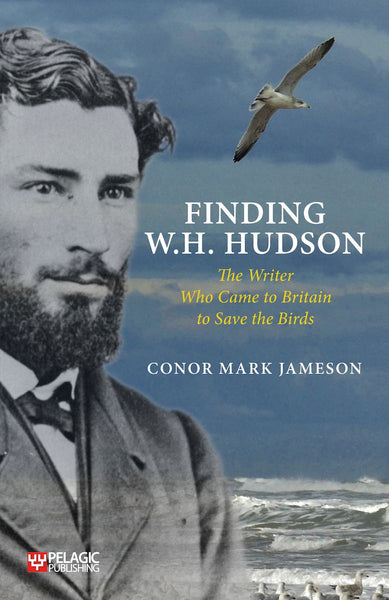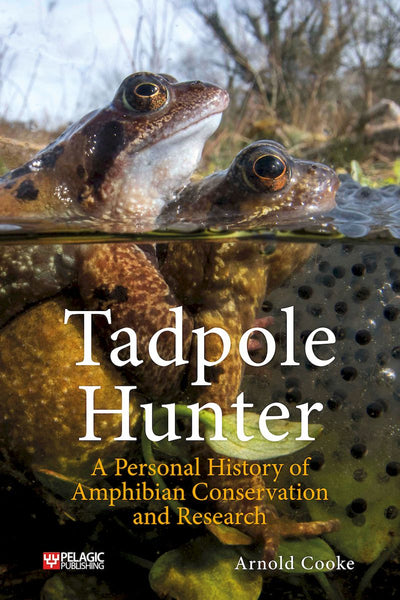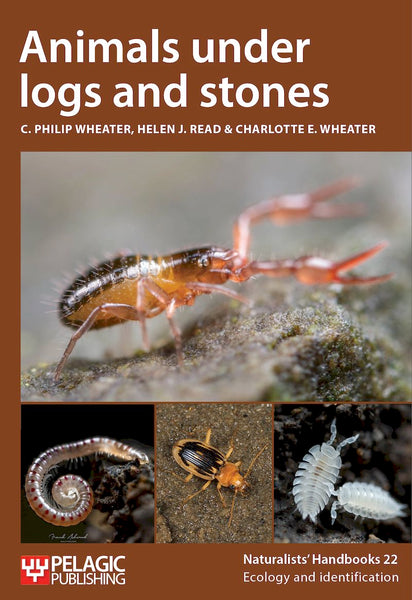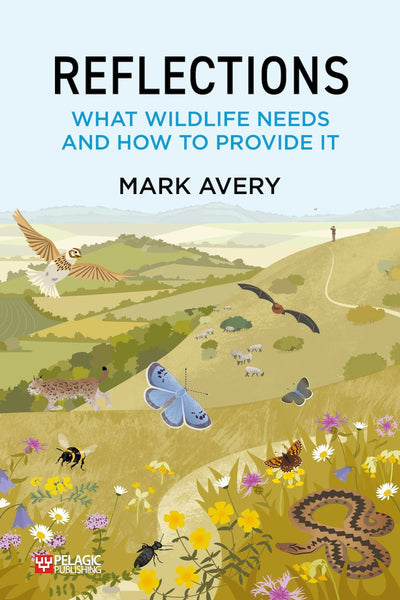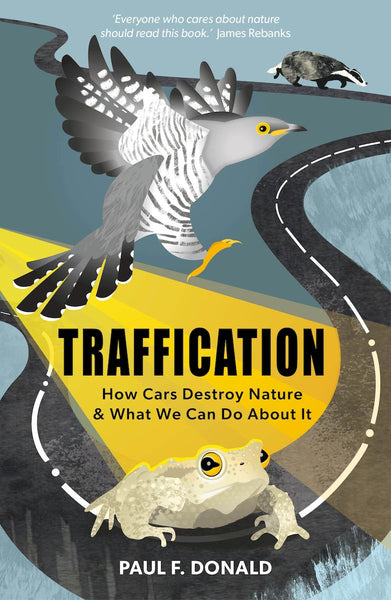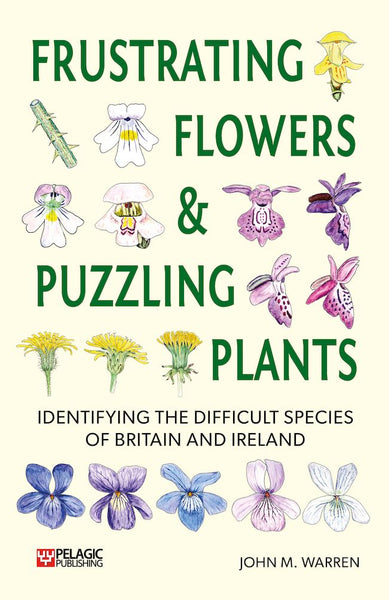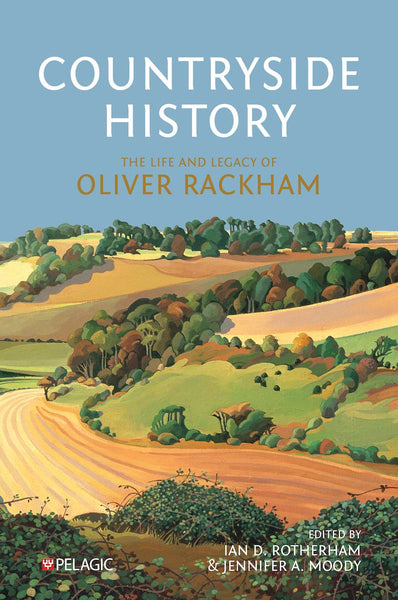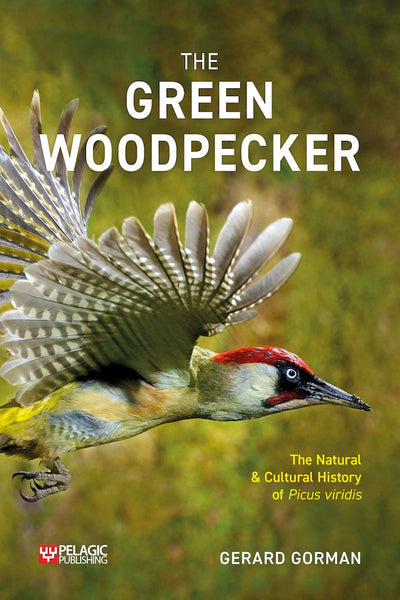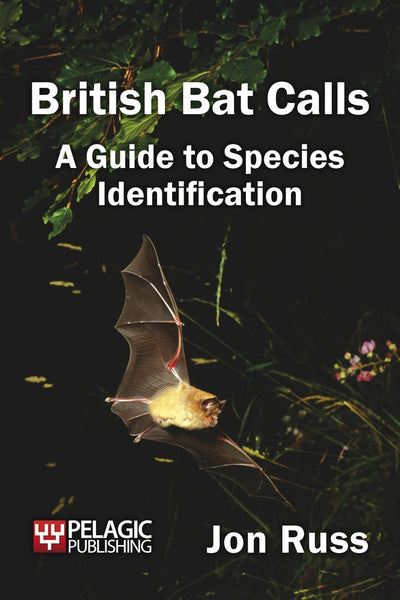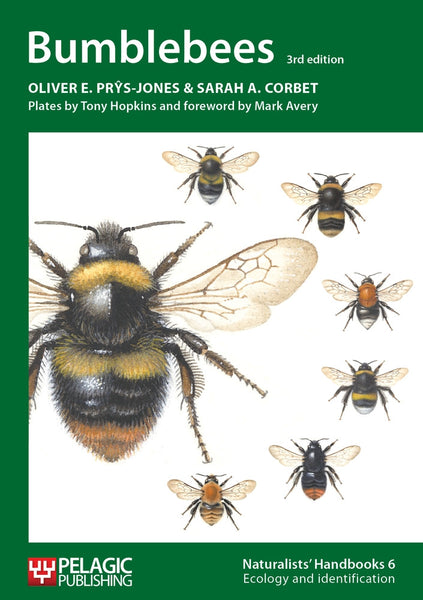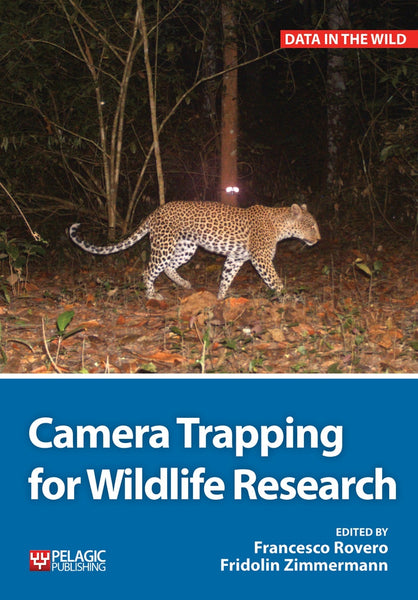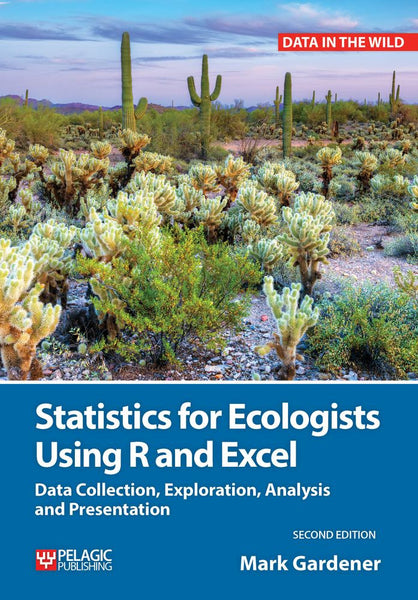Ian Rotherham discusses Ancient Woods, Trees and Forests, co-edited by Alper H. Çolak and Simay Kirca.
Could you tell us a little about your background and how your interest in ancient trees and woodlands began?
I am an ecologist and landscape historian brought up in Sheffield (the industrial city with the most ancient woods in Western Europe) and read ecology at Lancaster University and then did a PhD at Sheffield University. Having taught at Sheffield University, Losehill Hall Study Centre and in schools, I was asked to set up Sheffield City Council’s first ecological advisory service.
My fascination with woodlands began as a child playing in the local green spaces and was honed at Lancaster University where I studied under the late Professor Donald Pigott.

Ancient Hazel coppice, Derbyshire
What was the impetus behind Ancient Woods, Trees and Forests?
Over many years (since 1992 in fact) we have been organising international conferences and workshops on the themes of ancient woodlands, forests, and ancient trees. From these events and participation in major international networks, the themes of the book and the collaborations with contributors and editors emerged over nearly thirty years.
A key aspect of these events and the research is a joined-up approach to woodlands including ecology, archaeology and heritage, and forestry. This makes the book pretty much unique.

Ancient Cypress (Cupressus sempervirens), West Crete
The book contains contributions from a wide range of authorities in the field. How did you and the other editors choose who to include?
To a very large extent the contributors chose themselves as the leading practitioners and researcher in the field. The authors and the topics emerged through the processes of meetings and collaborations described above.

Overcrowded young oaks. Hamilton High Parks, Scotland
Of your own contributions to the book, which did you most enjoy working on and why?
The chapters with the history and heritage were enjoyable but then they link intimately to the ecological chapters too – and this connection is a big theme of the book.
Who is the target audience for Ancient Woods, Trees and Forests?
The book aims at a very wide audience from students and researchers to practitioners in conservation and forestry. However, it is also intended to reach a wider popular audience of enthusiasts for old trees, woods, and forests.

Kartal Lake and ancient Black Pine woodland
What advice would you give someone looking to support the conservation and restoration of our ancient woodlands and trees?
It depends on whether you mean as a professional working in the field or as a woodland owner/landowner.
For the former you need to read extensively around the subject whilst at the same time getting a relevant qualification. Most of all though, you need to get real-time experience, and this may involve quite long periods of voluntary work (with say the Woodland Trust) and maybe part-time work or short contracts. Above all, try to avoid employment when you end up damaging woodlands under the guise of ‘woodland management’ or ‘forestry’ driven by economic outputs alone. Considerable damage to ancient woodland heritage (often irreparable) is currently happening in woodlands clear-felled for disease control but without any environmental impact assessment and outside of any management plan. This is disastrous so avoid it if you want to help conserve and safeguard woodland heritage.
For landowners, the key thing is that whilst some ancient woodlands benefit from management, you need to avoid work with large, heavy machinery. These were mostly once ‘working woods’ but that depended on manpower and animals, not big 4x4 vehicles or track heavy extractors. Management with these may remove a thousand years of more of heritage in just an afternoon. Moreover, the heritage damaged or removed is irreplaceable; once managed in this way, the ‘ancient woodland’ is in effect no longer ancient. Its connection to the past has been irreparably severed.
Most important for a landowner contemplating management of an ancient wood, is the need to get a competent survey, and advice leading to a long-term management plan. Either that or leave the woodland alone. There is no urgency.
Discover more about Ancient Woods, Trees and Forests here






